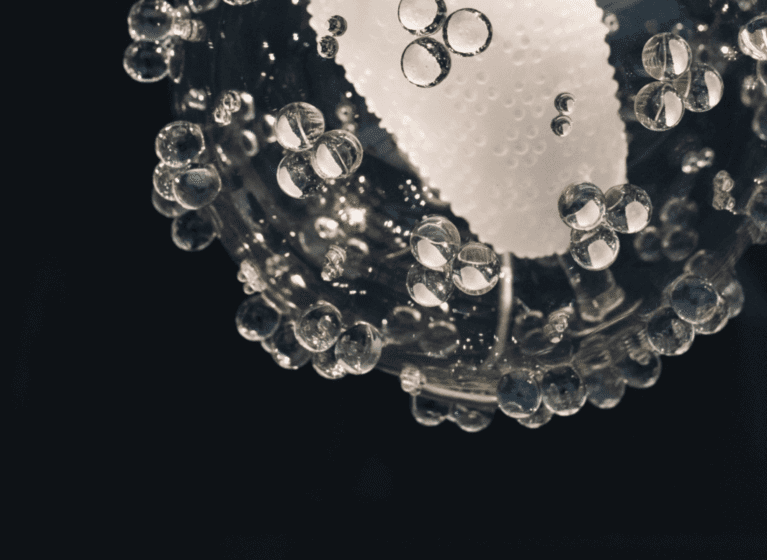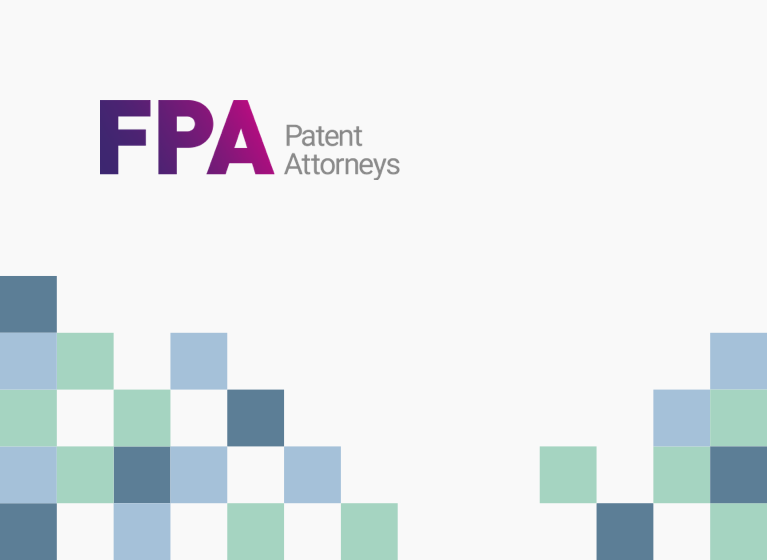In January 2019 the Australian Federal Court dismissed an appeal of a finding that a patent directed to a light emitting device was not infringed. The issue of infringement was decided on the meaning of “contains” in the claims. The Federal Court’s appeal decision may be viewed as a warning to patent applicants: unless they make it clear what is meant by “contains” or similar words like “comprises”, they risk the court preferring a narrow interpretation of their patent claims.
Background
The appeal decision is Nichia Corporation v Arrow Electronics Australia Pty Ltd [2019] FCAFC 2, of 29 January 2019. Nichia was the patentee and appellant. The case was heard by an experienced bench of Justices Besanko, Jagot and Nicholas. Justice Jagot effectively gave the decision of the court, with Justices Besanko and Nicholas agreeing with her reasoning.
The issue
Nichia asserted that claim 3 of its patent was infringed. The issue with claim 3 and Nichia’s position on it is summarized in these extracts from the first instance decision of Justice Yates:
“Claim 3 requires that the light emitting device include a phosphor…, “wherein the phosphor contains fluorescent material” (my emphasis) represented by the general formula.”
“[Nichia] argued that “contains” is used in claim 3 in an inclusive sense… that it is essential that the device includes fluorescent material of the stated formula, but other phosphor compounds can be present.”
Arrow in contrast argued that “contains” was used in an exclusive sense. Justice Yates agreed, finding in the 2017 first instance decision that the claim does not cover a device in which the phosphor is the defined fluorescent material together with one or more other fluorescent materials. Our article on the first instance decision is available here.
The decision
On appeal the Court considered a range of arguments from the parties that referred to various parts of the specification and claims said to indicate an inclusive or exclusive interpretation, but found them merely neutral. The court noted that the specification was simply silent on the issue.
The Court was then faced with what appears to be a finely balanced decision. Ultimately the Court considered it relevant that the specification only described the defined fluorescent material of the phosphor and against that context the Court found that it was “not absurd” to construe claim 3 as excluding light emitting devices that also included other fluorescent material.
In reaching this decision, the Court referred to “the principle that it is for the [patentee] to define the things which are within its monopoly” and that “the specification is a unilateral document in words of the patentee’s own choosing”. This can be read as a warning to patentees on how to draft their specifications. If words are used like “contains” or “comprising” that are ambiguous in isolation, the patentee should make it clear which interpretation it intends, or risk having an adverse construction forced upon them.





















